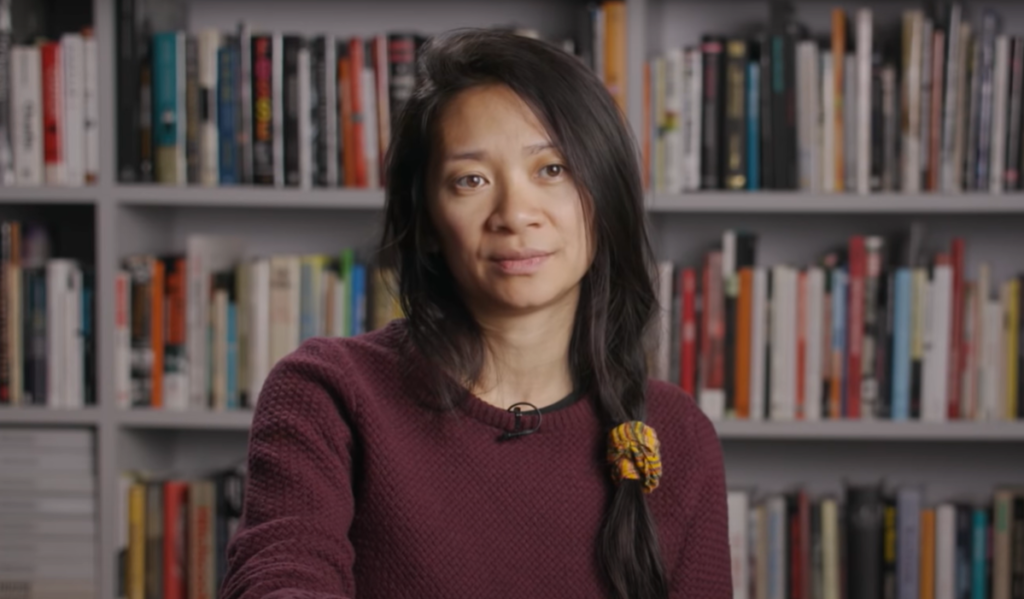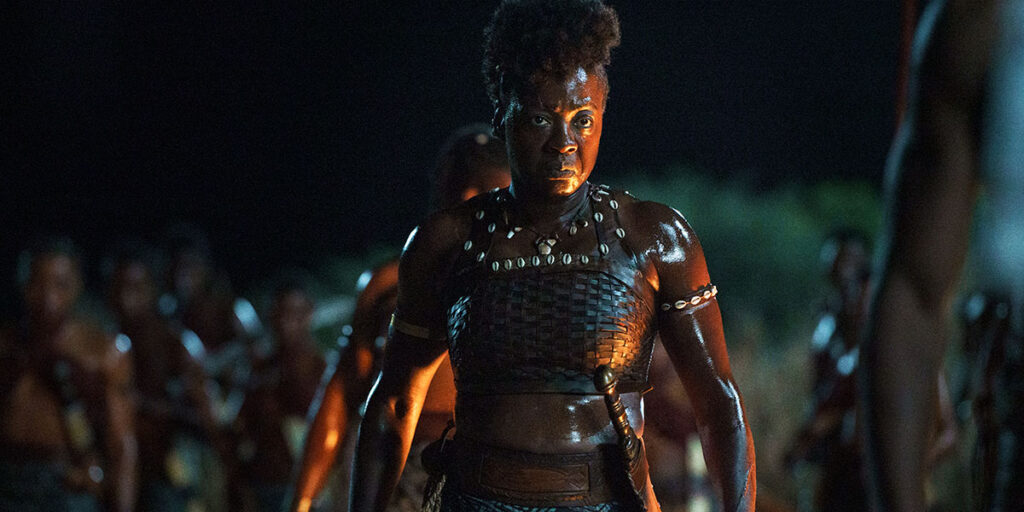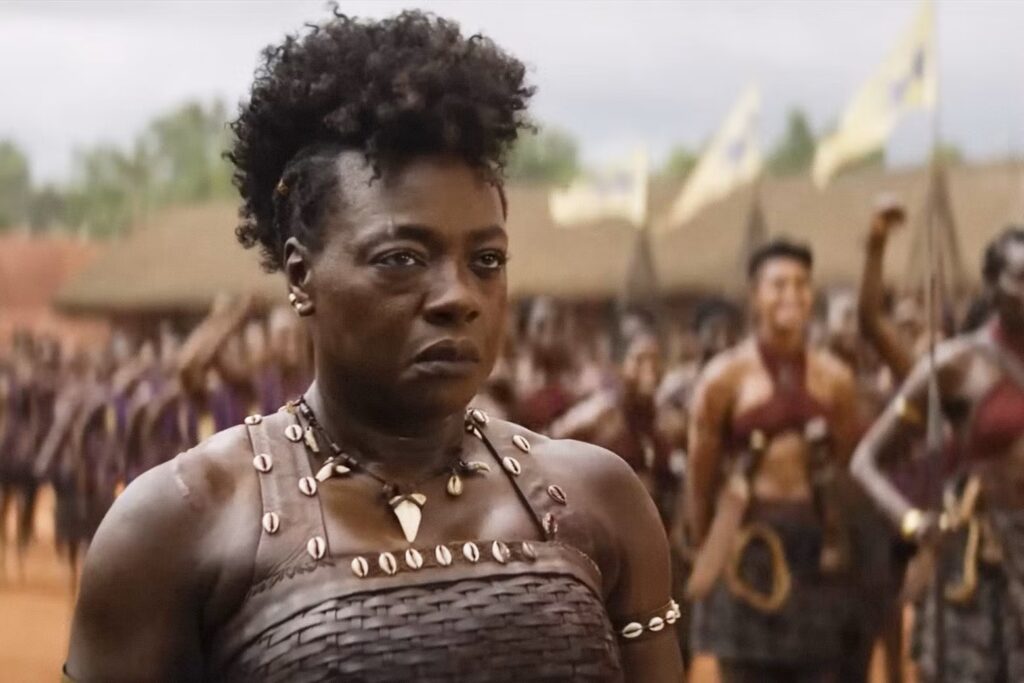The good news: judging from last year’s box office reports, the number of female and people of color leads/co-leads in popular films hasn’t really decreased during the pandemic. The bad news: there hasn’t been much in the way of progress, either. As Dr. Stacy L. Smith and the USC Annenberg Inclusion Initiative conclude in the new research brief, “Inequality Across 1,500 Popular Films: Examining Gender and Race/Ethnicity of Leads/Co Leads from 2007 to 2021,” the on-screen figure of women, girls, and folks of color still does not reflect the real-life U.S. population.
Among the 100 top-earning films of 2021, 41 percent featured a female lead or co-lead, a statistically insignificant decrease from 2019’s 13-year high of 43 percent and a return to form following 2020’s 36 percent. (Obviously, 2020 numbers should be taken with a grain of salt since most movie theaters were closed for the majority of that year.)
As Smith remarked in a press release, while the film industry tries to recover from the hits it took due to the pandemic, improving its on-screen gender inclusion should be one of its top priorities. “The advocacy and activism surrounding girls and women on screen in film has been at a fever pitch for more than 10 years,” she said. “While the industry reckons with the fallout of the pandemic and the evolving theatrical market, decision-makers must be wary that the progress they have made can stagnate or even reverse.”
Turning to racial representation, 2021 saw 32 percent of its top movies starring or co-starring a person of color. This is on-par with 2019 and a four-percent bump from 2020.
“We cannot underestimate the positive impact these 32 movies can have on young audiences of color,” explained lead study author Katherine L. Neff. “To be able to see yourself on screen, and to see yourself and people that look like you as the hero or leader in a variety of different films was not an option when I was younger. People of color deserve to be at the heart of storytelling.”
Even though the percentages of women and POC leads/co-leads managed to hold steady overall last year, the picture gets more discouraging the more intersectional it becomes. Women of color, for instance, only led or co-led 11 films in 2021. That’s comparable to 2020’s nine but a big drop from 2019’s 17. Seven films featured a middle-aged or older woman lead/co-lead in 2021, yet 27 starred men in the same age range. In 2020, those numbers were four and 22, respectively. “No films in 2021 or 2020 had a woman of color age 45 or older in a lead/co lead role, though 7 men of color in that age bracket were the focus of top films in 2021 and in 2020,” the press release notes.
“It is clear that the industry still believes women have a ‘sell-by’ date in film,” Smith said. “The lack of stories about women age 45 and older demonstrates the industry’s regard for women in this age bracket. Additionally, women of color age 45 and older are invisible in leading roles. What does this convey to audiences about the power and strength of women in mid-life and beyond?”
So, as the film industry figures out how to move forward in the pandemic era, it has its work cut out for it — assuming decision-makers and gatekeepers actually care about the ethical imperative for, and financial potential of, inclusivity, that is. The increase of women and POC leading characters shouldn’t be taken for granted, but something that is built upon. And popular film’s blind spots regarding women of color, older women, and older women of color should be addressed tout suite.
The full “Inequality Across 1,500 Popular Films” can be found here.







